The name ‘Shoreditch’ is likely to refer to the headwaters of the river Walbrook, which originated in the Curtain Road area. Other, perhaps less steadfast theories suggest that the Shoreditch namesake is derived from Jane Shore; the mistress of King Edward IV, who was buried in a ditch in the area; an image which is commemorated throughout the area in various forms of art. Once formerly part of the Middlesex County, Shoreditch now resides in the London Borough of Hackney, in Inner North London.
It’s very easy and simple to get there. London Underground Tube operates from Victoria station to Liverpool Street station every 15 minutes. Tickets cost 2€ – 4€ and the journey takes around 18 min. Alternatively, London Buses operates a bus from Victoria Stn Grosvenor Gdns to Shoreditch, Appold Street every 10 minutes. Tickets cost 2€ and the journey takes somewhere between 30 to 40 min. I used the Tube for the whole duration of my stay there. Super convenient and Super easy.
I stayed in Shoreditch for 4 Days and although there was plenty of things to do one thing definitely stood out for me and my company. Bounce! A game changer in social entertainment if you ask me, by combining three different crucial elements in one. A bar, a restaurant and an entertaining activity all set in an award-winning design. Bounce is the world’s leading concept to offer such an immersive experience, adding Ping Pong tables from the back corner of the bar to the forefront of the venue, while creating an intricately considered and currently unrivalled leisure experience.
Today Shoreditch has regained its cultural and commercial status, and is once again an area that rivals the West End in terms of its galleries, bars, restaurants, education, and property. Now associated with creative and web-based industries, following the ‘dot-com’ boom, it is also a highly desirable place of work, and is home to current digital companies that include Last.fm, Dopplr and Songkick, all of which convene around Old Street and the famed ‘silicon roundabout’.
In Shoreditch, empty walls are future murals. The neighborhood’s industrial warehouses and side streets offer plenty of potential space waiting to be reimagined. Old brick warehouses have transformed into interactive art galleries, and countless buildings have served as Banksy’s canvases. Shoreditch’s appeal as a creative playground stems at least, in part from an urban, gritty underbelly, but clean-cut treasures aren’t in short supply. Shoreditch’s design sensibilities also influence its trendy pubs and cafes. A triangle of influences have made Shoreditch into one of London’s most distinctive and unusual areas.
In the West, the looming towers of Liverpool Street and the City represent the world’s most concentrated area of money-making talent, where a number of sophisticated business hotels have sprung up. And right in the middle of it all is Spitalfields market, a citadel of the working classes and home of the cockney music hall tradition.
The result is an area where trendy bars sit next to cut price Bangladeshi restaurants, where artists and fashionistas from Hackney and Shoreditch make their own clothes with fabrics from sari shops, and traditional cockney butchers share space with exclusive delicatessens. As well as its great restaurants, Shoreditch is famous for its street food. Brick Lane, home of much loved bagel institution Beigel Bake, hosts a huge market every Sunday offering global street food from Canadian poutine to Thai delicacies. Common you’ve got to love Canadian Poutine.


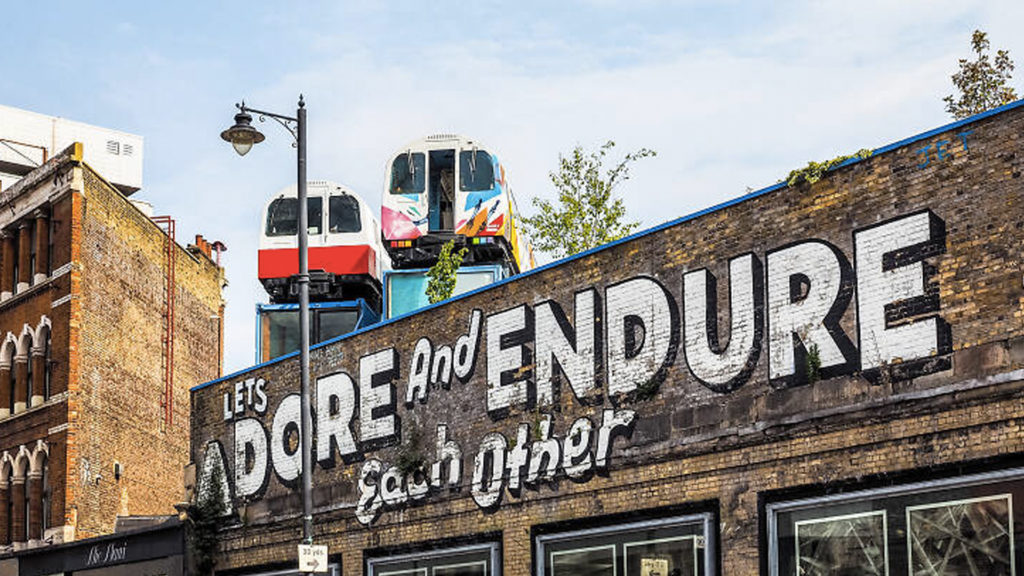
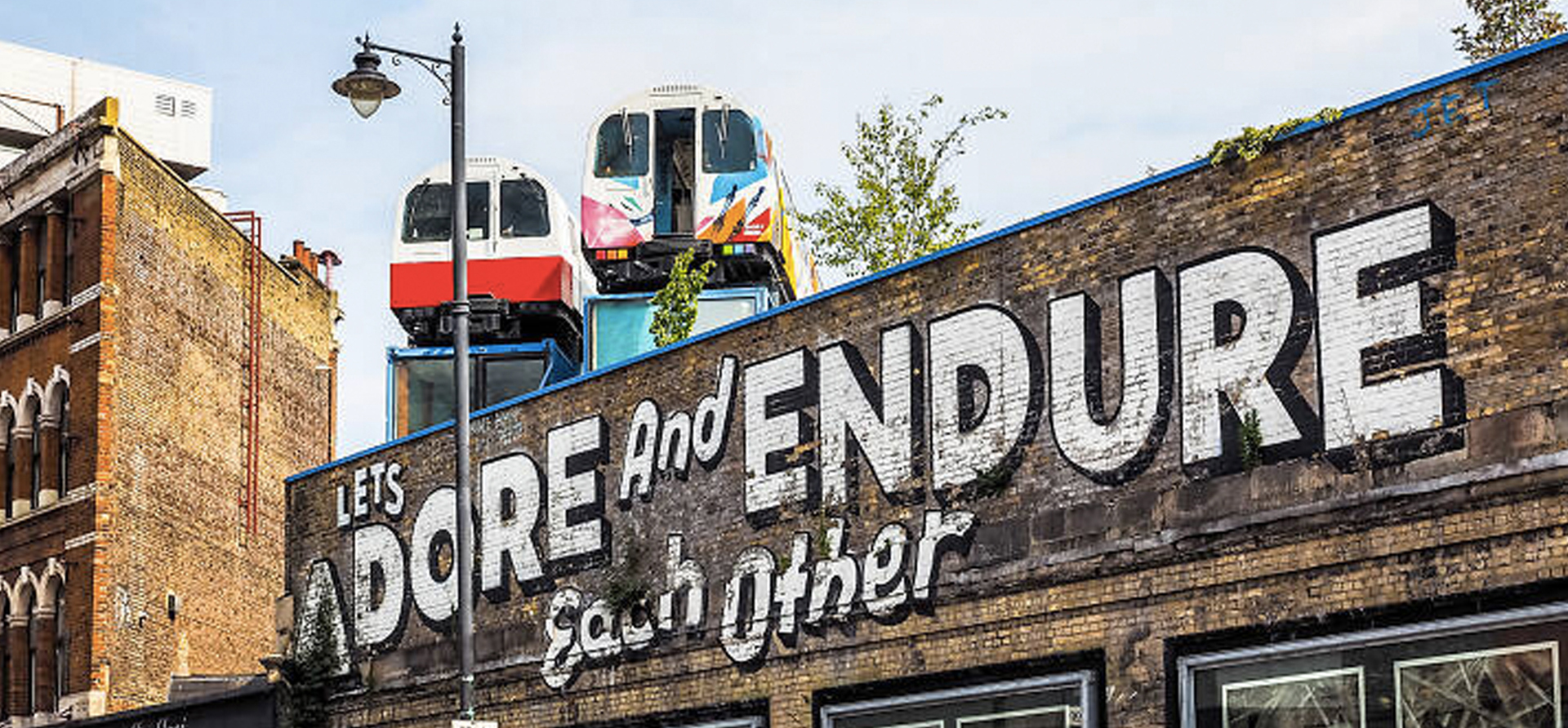
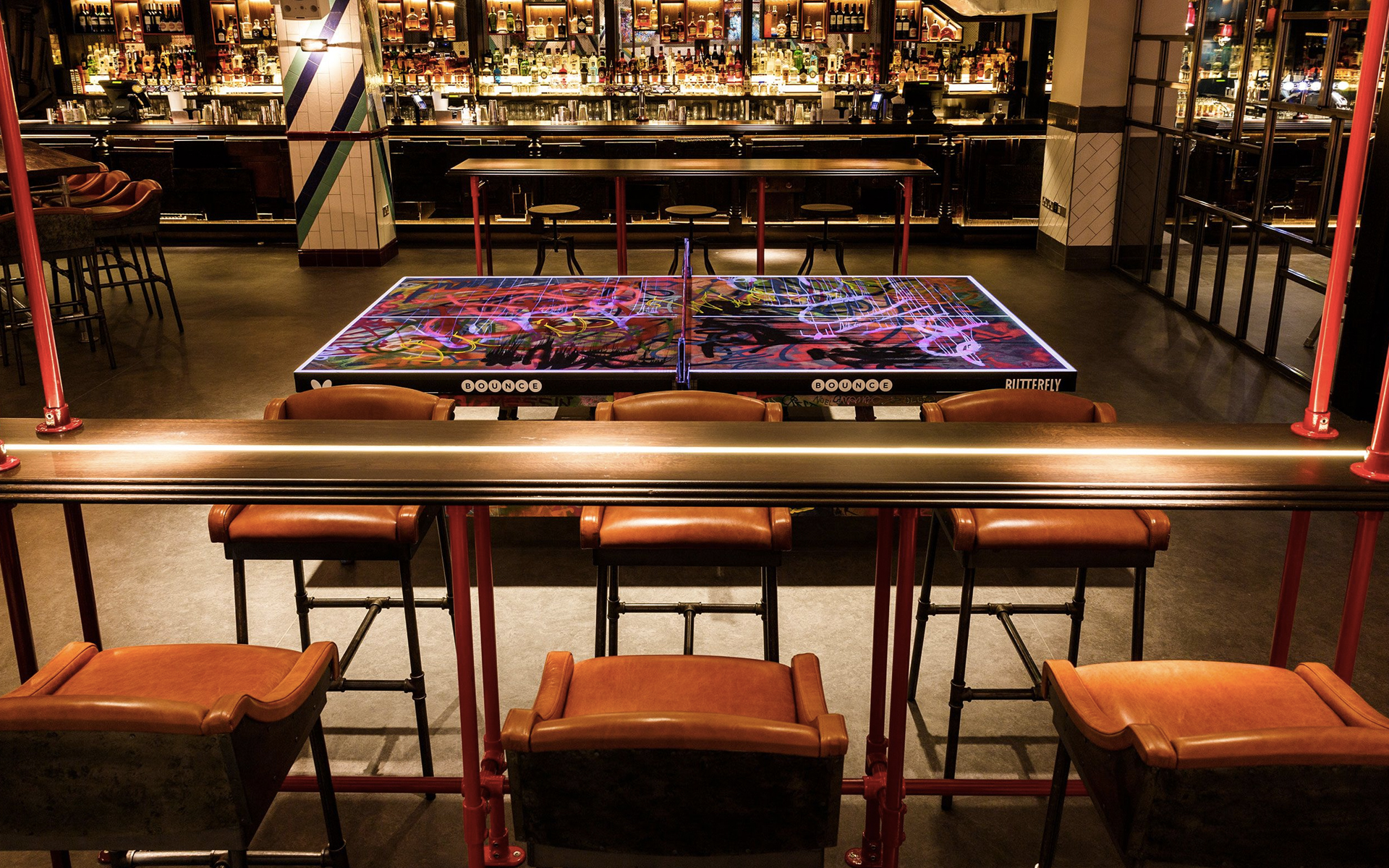
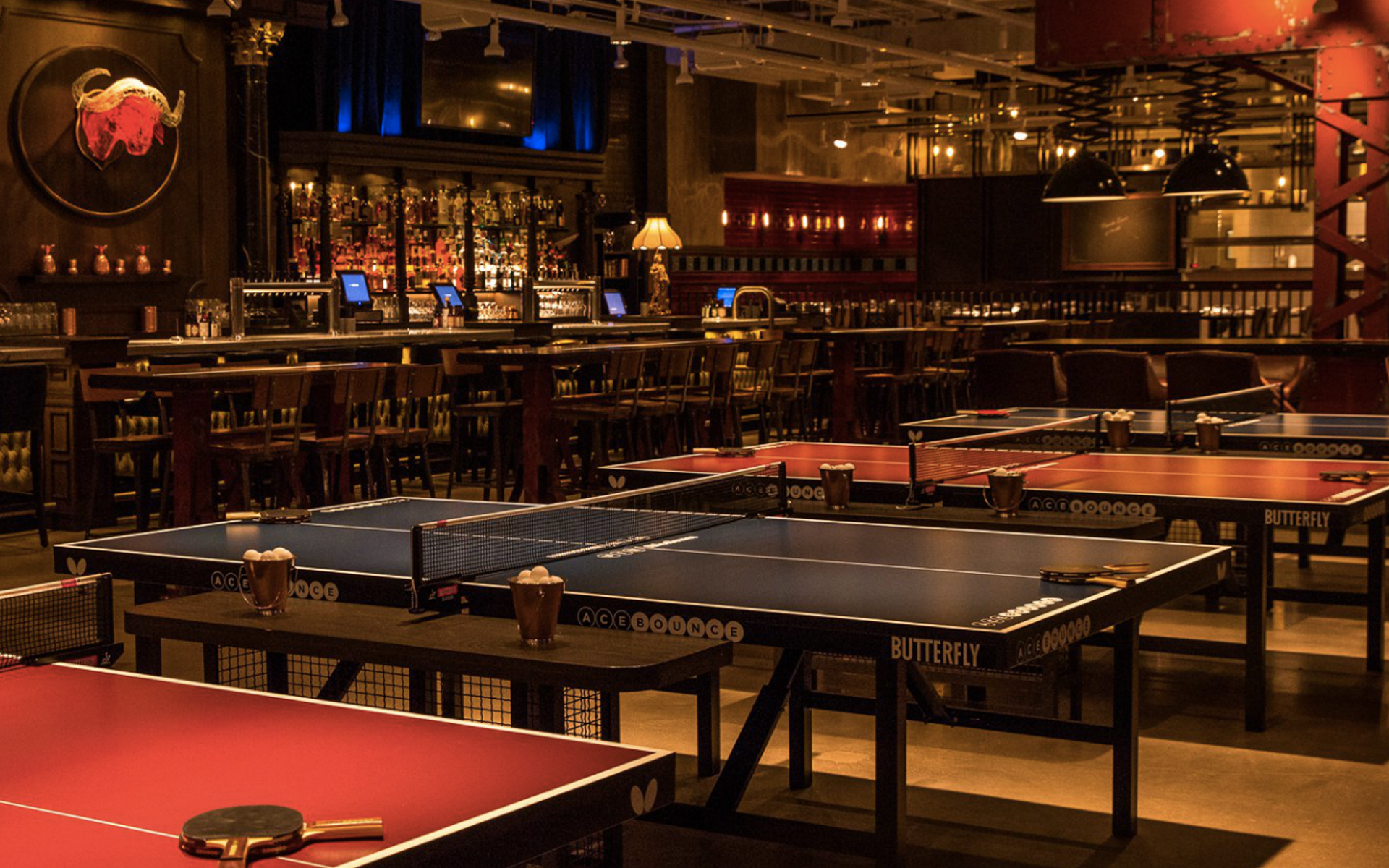

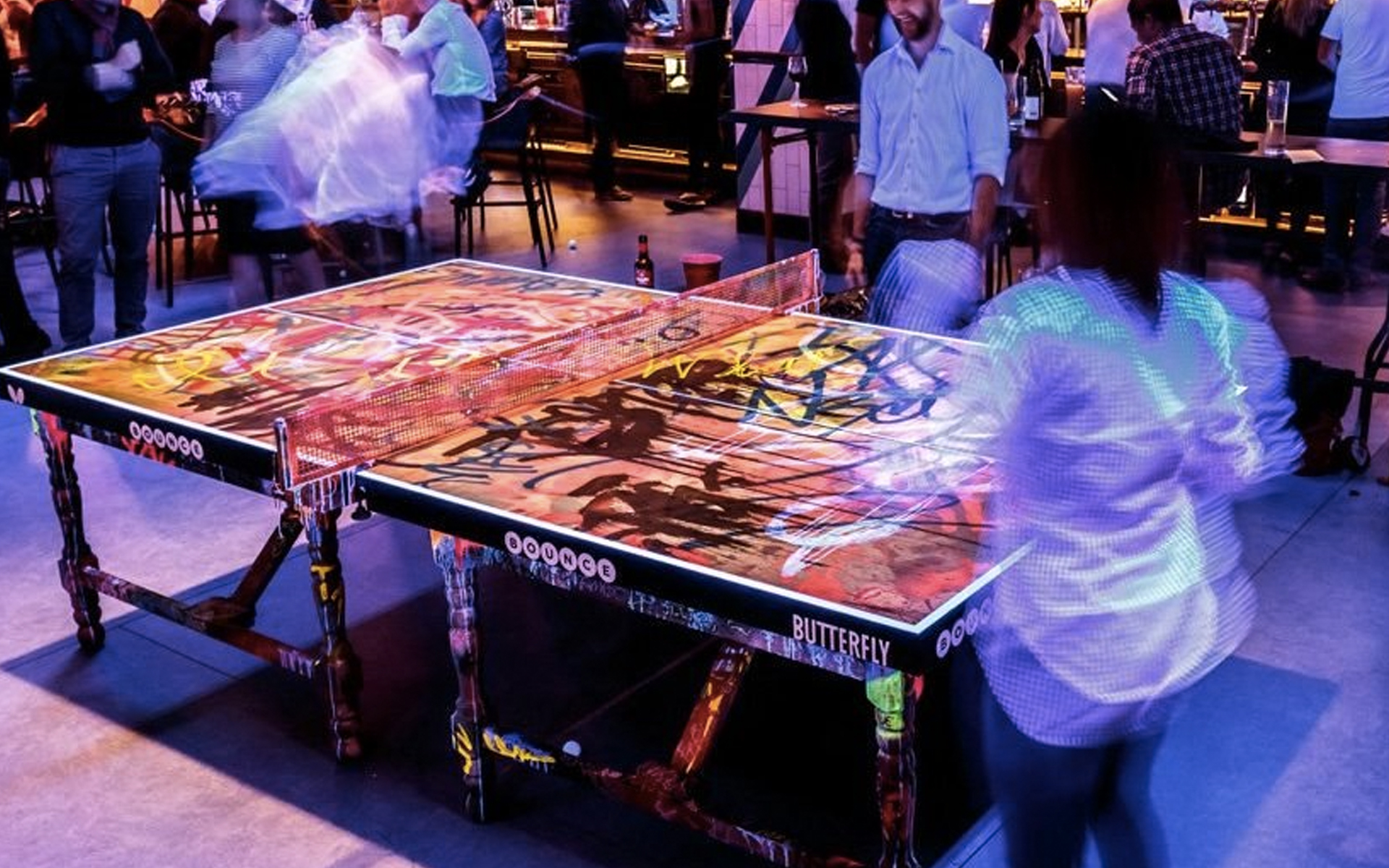
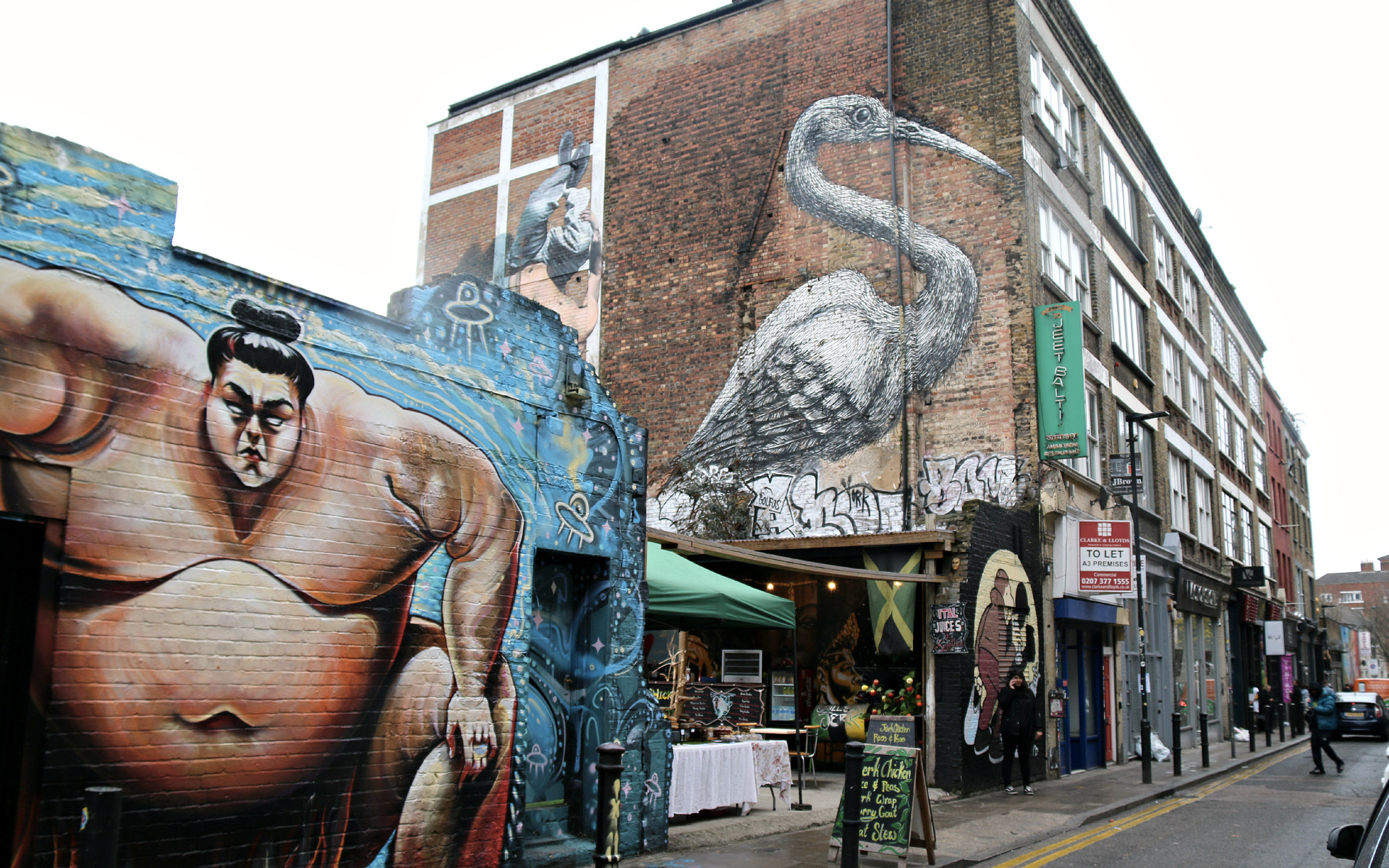
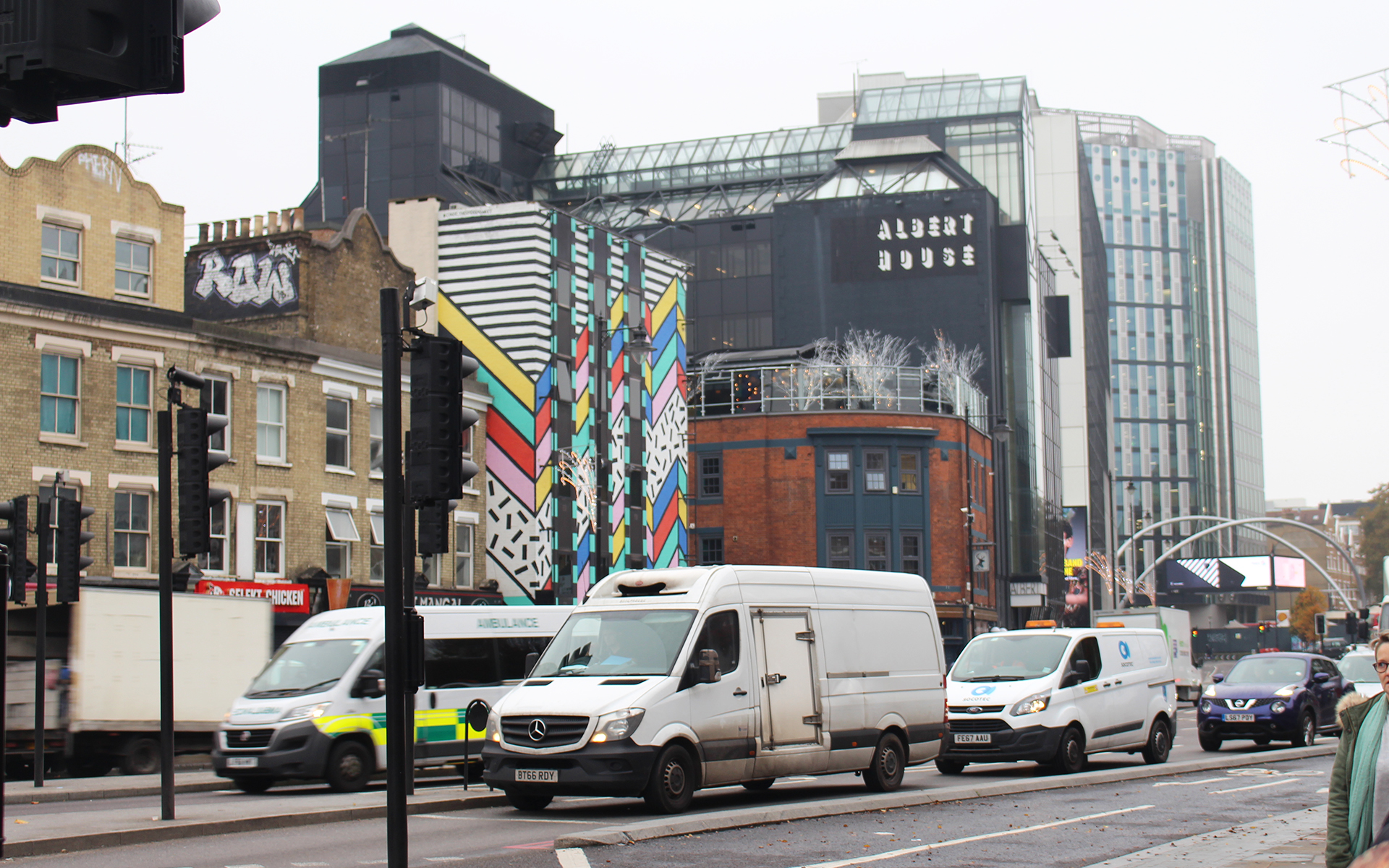
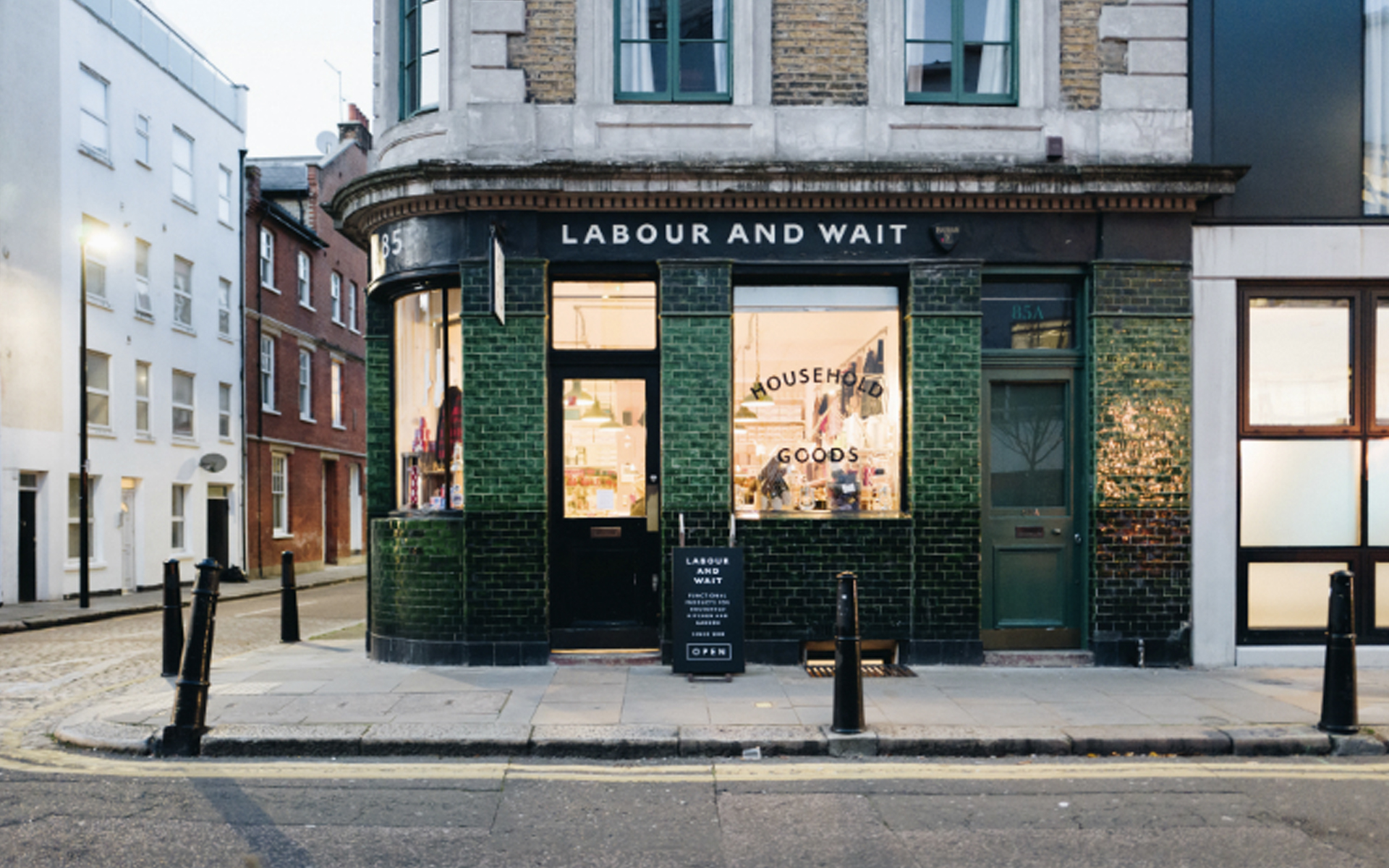
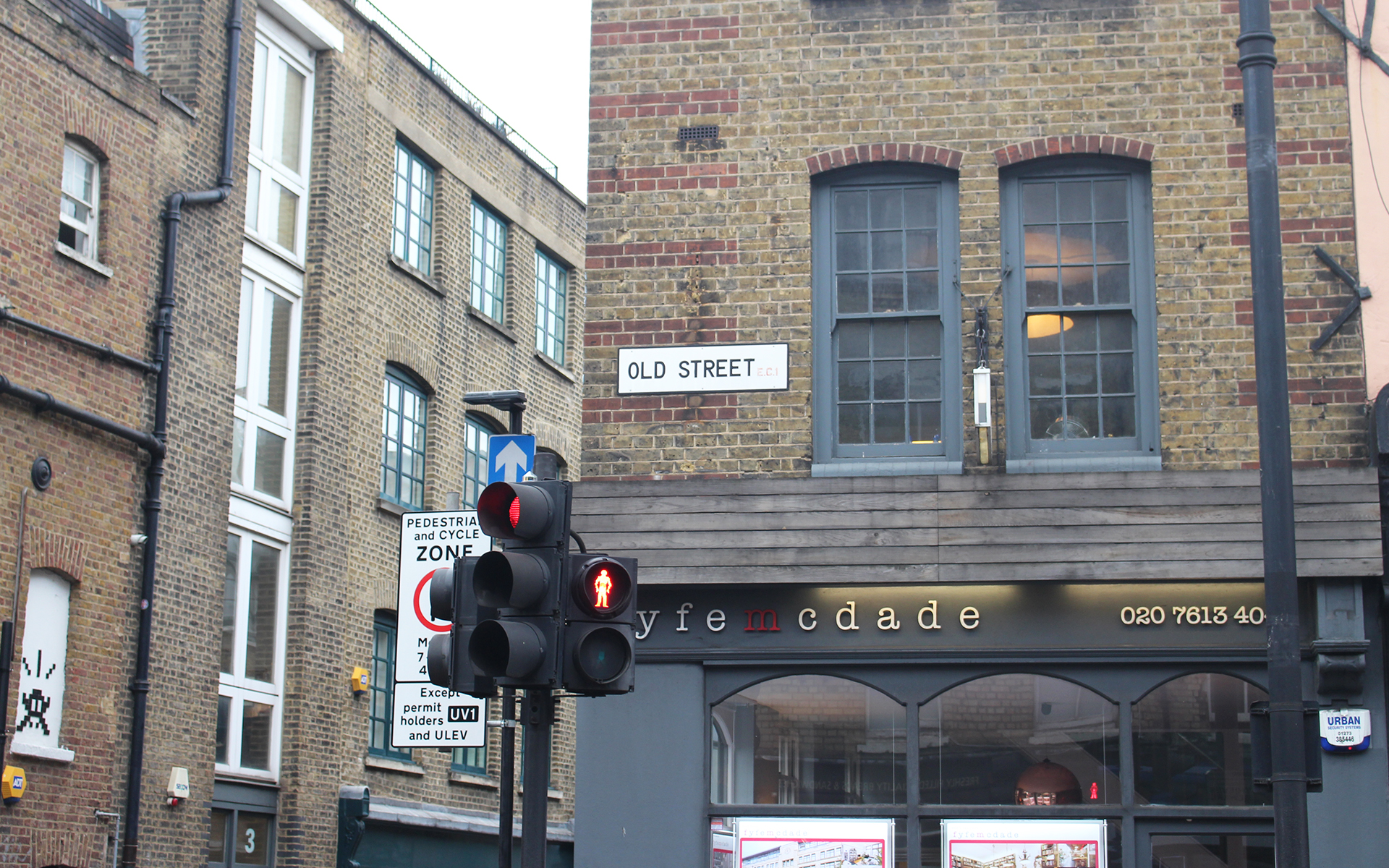

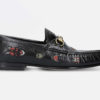
I am really inspired together with your writing talents as well as with the format in your blog. Is that this a paid topic or did you modify it yourself? Either way keep up the nice high quality writing, it’s rare to peer a nice blog like this one today.